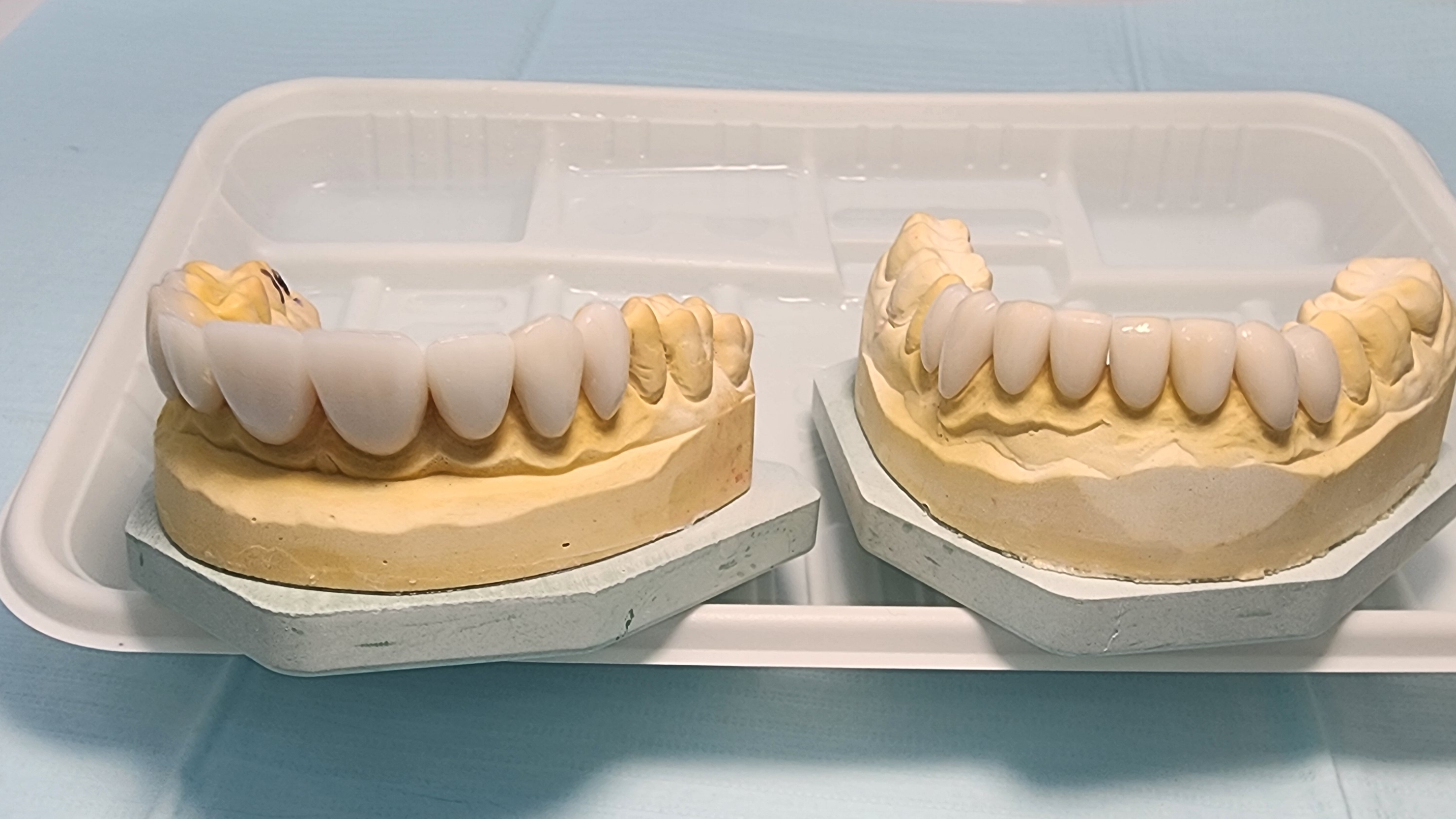The Detrimental Effects of Unreplaced Missing Teeth
The Detrimental Effects of Unreplaced Missing Teeth: A Professional Analysis
1. Increased Implantation Costs Due to Delayed Intervention
One of the primary drawbacks of neglecting missing teeth is the significant escalation in implant treatment costs. When a tooth is extracted, the alveolar bone immediately begins a process of resorption—biological breakdown triggered by the loss of mechanical stimulation from the tooth root. Immediate or early implant placement (within 3–4 months post-extraction) often allows for straightforward implantation without bone grafting, as the alveolar ridge maintains its structural integrity. However, prolonged edentulism (tooth absence) leads to progressive bone loss. By the time implantation is delayed beyond 6 months, most patients require bone grafting procedures (e.g., autogenous, allogeneic, or alloplastic grafts) to restore sufficient alveolar volume. Additionally, a resorbable membrane (e.g., collagen membrane) is frequently used to enhance graft stability and prevent soft tissue infiltration, adding further to material and procedural costs. These supplemental steps can increase treatment expenses by 30–50% compared to timely implant placement.
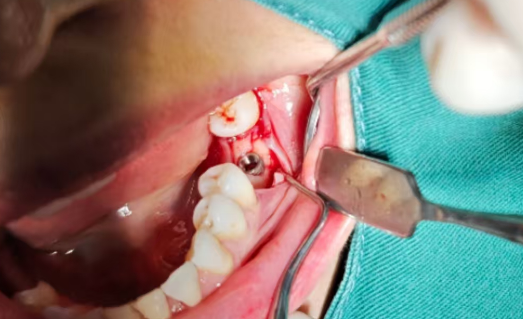
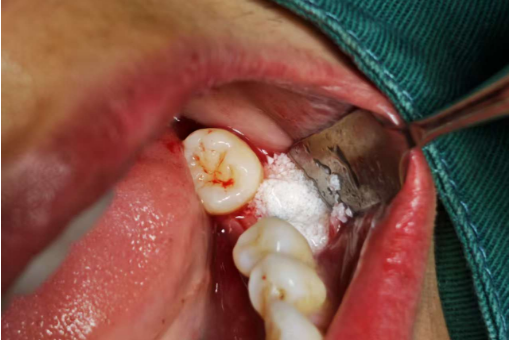
2. Mesial Drift of Adjacent Teeth: Compromising Tooth Longevity and Implant Space
Another critical consequence is the mesial drift (tilting) of adjacent teeth into the edentulous space. Without the physical support of the missing tooth, the neighboring teeth lose their natural occlusal balance, causing them to shift gradually toward the gap. This drift weakens the periodontal ligament and alveolar bone support of the adjacent teeth, accelerating their degradation and reducing their lifespan. More importantly, severe tilting can obliterate the necessary three-dimensional space for implant placement (requiring at least 7–10 mm of mesiodistal width and 12–15 mm of vertical height). Correcting this often necessitates pre-implant orthodontic treatment to upright the tilted teeth, adding months to the treatment timeline and further increasing costs. Untreated, this misalignment can also lead to occlusal disharmony, temporomandibular joint (TMJ) disorders, and uneven wear of opposing teeth.
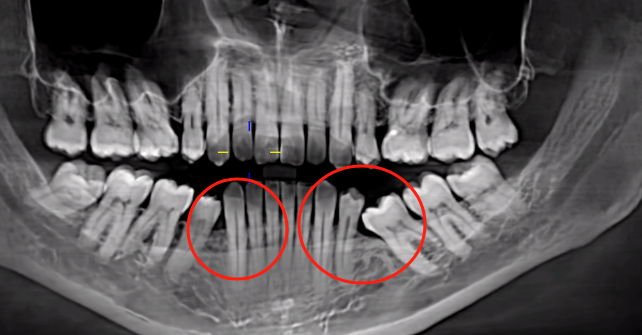
3. Prolonged Treatment Duration and Healing Time
Delayed implantation directly extends the overall rehabilitation timeline. In ideal scenarios, immediate or early implants allow for osseointegration (bone-implant fusion) within 3–4 months, followed by crown placement shortly thereafter. However, when bone grafting is required due to advanced resorption, the healing process significantly lengthens. Bone grafts typically require 6–9 months for complete integration and maturation, during which the patient must endure a longer period with temporary prosthetics (e.g., removable dentures) and increased risk of graft complications (e.g., infection, insufficient vascularization). This prolonged interval not only delays functional and aesthetic restoration but also imposes psychological and social burdens on the patient.
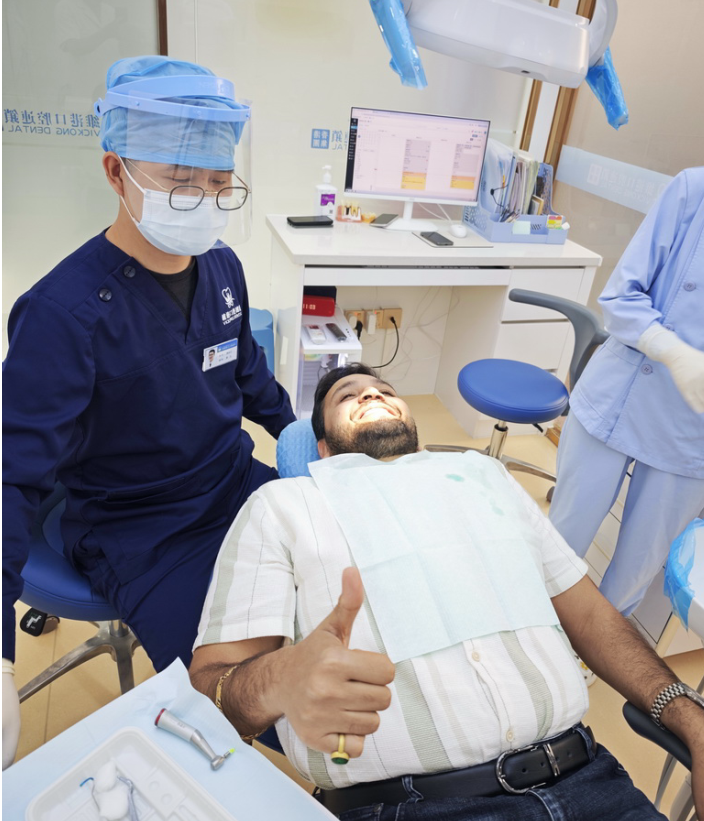
Mechanism of Alveolar Bone Resorption: A Biological Perspective
The analogy of "soil erosion after tree removal" aptly describes alveolar bone resorption. Without the root’s mechanical stimulation, osteoclasts (bone-resorbing cells) dominate over osteoblasts (bone-forming cells), leading to net bone loss. This process is exacerbated by factors like poor oral hygiene, systemic conditions (e.g., osteoporosis), and smoking. Radiographically, vertical bone loss exceeding 1.5 mm/year has been observed in untreated edentulous sites, emphasizing the urgency of timely intervention.

Clinical Recommendations for Optimal Outcomes
To mitigate these risks, dentists advocate timely evaluation for implant placement within 3–6 months post-extraction, especially for patients with good bone quality. For those unable to undergo immediate implants, ridge preservation techniques (e.g., socket grafting with bovine xenografts) at the time of extraction can minimize bone loss. Regular periodontal monitoring and occlusal assessments are also critical to detect early signs of adjacent tooth drift or bone resorption.
In summary, the failure to replace missing teeth imposes a tripartite burden: elevated costs, compromised treatment feasibility, and extended rehabilitation periods. Proactive intervention not only preserves oral health but also optimizes the efficiency and predictability of implant therapy.

